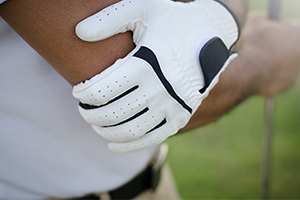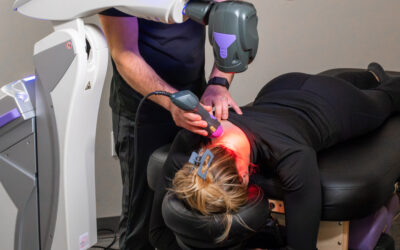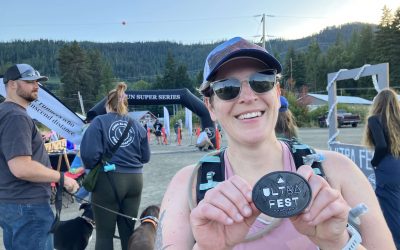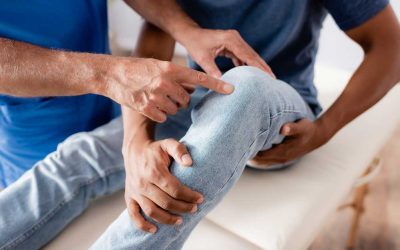 Don’t let Golfer’s Elbow keep you from improving your game.
Don’t let Golfer’s Elbow keep you from improving your game.
Today we’re going over our recommendations to help you get back in the swing of things.
Jack “Golden Bear” Nicklaus, otherwise known as the greatest golfer of all time, said that if his forearms started to tense up when he was gripping the club, he knew he was gripping too tightly.
Maybe that’s one of the reasons the Golden Bear never suffered from golfers elbow during his illustrious career.
In today’s post we’re going over:
• What is Golfer’s elbow?
• Recommendations and Exercises Medial Epicondylitis
• Golf Recommendation
• Exercises Medial Epicondylitis
What is Golfer’s Elbow?
Also known as medial epicondylitis, golfer’s elbow is commonly associated with pain in the tendon that attaches to the inside of your elbow. While not very well understood, medial epicondylitis has been shown to be caused by stress during repetitive movements such as wrist flexion and elbow supination/ pronation.
These movements, and potential stressors, are not exclusive to golfers. Many other repetitive activities can lead to pain in the inside of the elbow.
Here are the most common activities we see here at Tangelo:
• Manual work that requires repetitive movement
• Computer work
If your goals are to hit 100 balls at the range, play catch with your child or write that paper and not experience elbow pain as a result — we can help!
Recommendations and Exercises Medial Epicondylitis
Most repetitive use injuries are a result of two things:
- Too much too soon
- Doing one thing for too long
It’s important to note that tendons love loads but they do not enjoy drastic changes in your routine.
For instance, your elbow is going to like you hitting 100 balls at the range after not hitting for 6 months. Take it slow and strategically ramp up the load over time.
At Tangelo, we subscribe to the 10% rule. Here’s how you can apply it to our golf example but you can apply this model to any activity.
Golf Recommendation
Week 1: 40 balls with your short irons (shorts iron require less force and speed during the swing)
Week 2: 40 balls (10 shots with long irons / woods)
Week 3: 50 balls (15 shots with long irons / woods)
Week 4: 60 balls (20 shots with long irons/ woods)
“On average, golf coaches recommend that you hit 50-60 golf balls at the driving range. Hitting fewer balls more times per week and focusing on a specific area of your game is the best way to improve your golf game.”¹
Exercises Medial Epicondylitis
In addition to load management, improving your mobility and strengthening and lengthening your wrist flexor tendons can be vital in reducing your risk of medial elbow pain.
Below are some exercises and drills that we recommend. That said, if you are currently experiencing medial epicondylitis, the best thing you can do is to temporarily discontinue the activities that are provoking the systems. Once the pain has subsided, you can incorporate these exercises and the aforementioned load management strategies. ²
Thoracic Spine, Shoulder, and Wrist Mobility:
Writ Flexor Strength and Flexibility
• Forearms Pronation and Supination
In Summary:
Thank you for taking the time to read this blog. We hope these strategies and exercises are helpful to you. If you are currently experiencing medial epicondylitis that just doesn’t seem to go away, we recommend making an appointment with one of our amazing sports chiropractors at one of our Seattle Clinics (Fremont, Green Lake, West Seattle) or Portland (Slabtown) today.
Sources:


